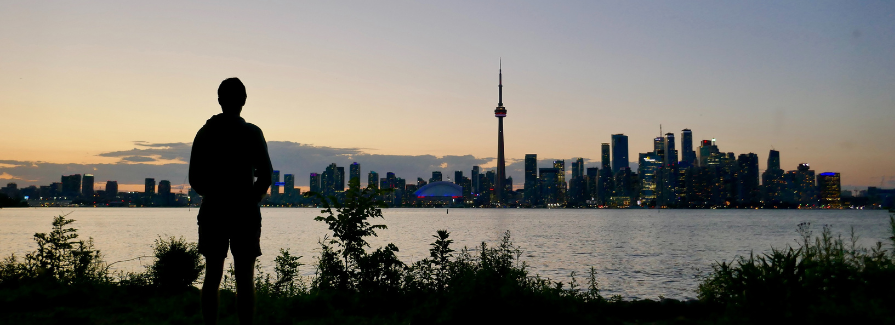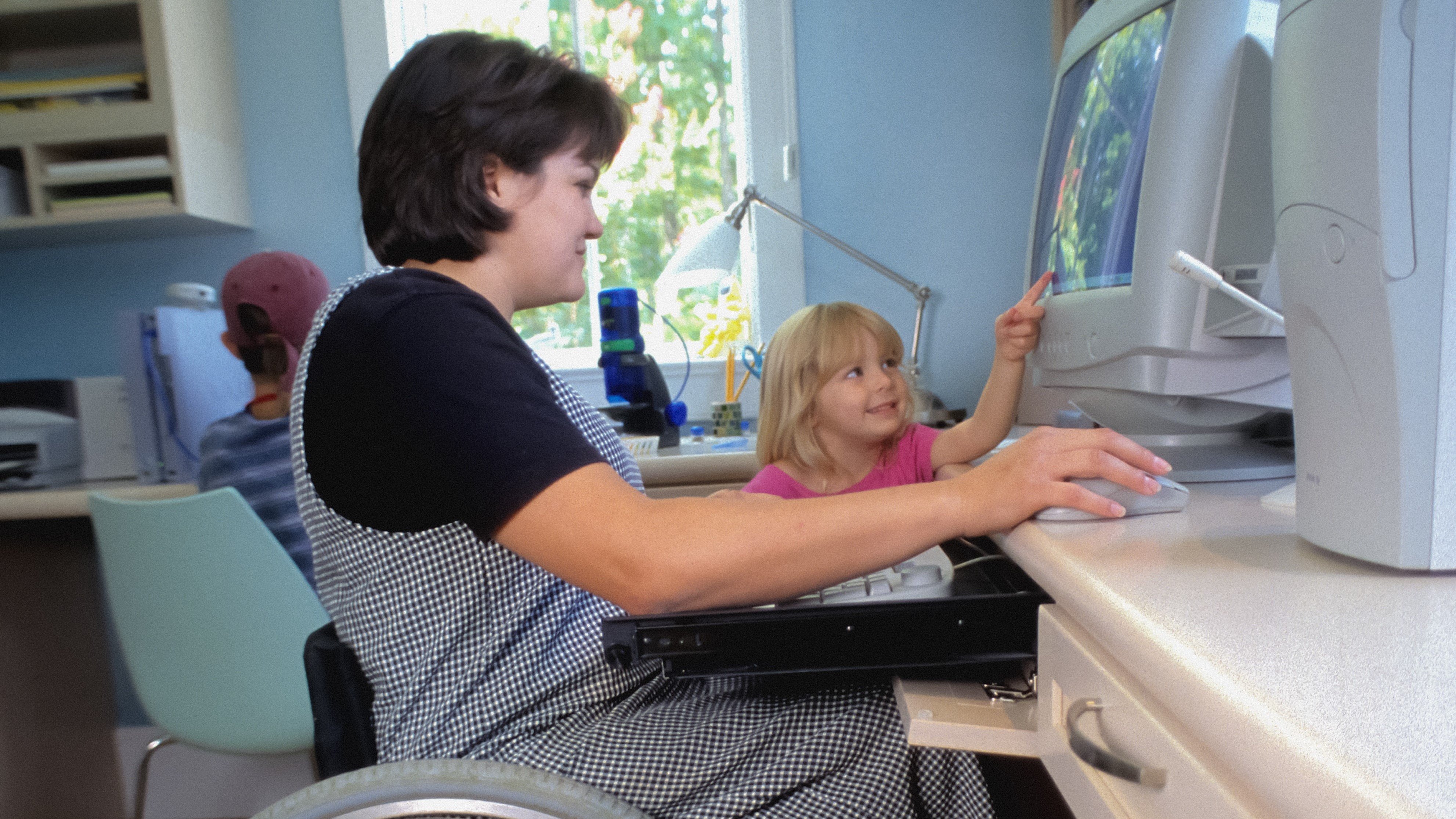
Poverty rates in 2022 are estimated to be potentially double what Statistics Canada reports.
Canada Without Poverty has released Poverty Progress Profiles 2022 whose key message is that no benefit, social assistance program, or minimum wage rate in Canada is enough to provide people with sufficient money for everyday expenses. These include necessities like rent, nutritious food, childcare, transportation, and medications. In addition, no inflation benefit provides people with any lasting or adequate relief during this cost-of-living crisis in 2022.
The Poverty Progress Profiles 2022 Report
Poverty Progress Profiles 2022 features snapshots of the cost of living, wages and social assistance rates, price inflation rates, and all new inflation benefits for every province and territory. It highlights the realities of inflation and measures governments are implementing to meet the costs of living crisis. Despite reports from the Government that they are on track to meet the Poverty Reduction Strategy target of 50% poverty reduction by 2030, we are hearing, seeing, and feeling deeper and greater income, housing, and food insecurity across Canada with the onset of the COVID-19 pandemic and recent economic inflation.
The current reported poverty rate is based on the 2020 census which surveyed people while they were receiving unprecedented pandemic relief benefits, such as CERB, which provided a greater monthly income than full-time minimum wages and social assistance programs. These benefits were temporary and did not lift any individual out of poverty beyond the period they were available. Further, CRA is now requesting many low-income people pay back full or portions of the benefits they received in 2020. These poverty rates inaccurately reflect the realities people are facing in Canada.
Increasing Rates of Food and Housing Insecurity
Based on more recent and increasing food and housing insecurity rates, and firsthand lived experience accounts, CWP estimates that poverty rates in 2022 are potentially double what Statistics Canada reports.
Many of these inflation benefits require that an individual has filed their 2021 tax return. Further, some benefits, such as the Canadian Housing Benefit, are not automatically applied and will require individual applications. There have also been issues raised with some benefits being sent out only through mailed cheques and some eligible individuals with housing insecurity may not have a mailing address.
Crucially, these benefits will not reach individuals who did not file 2021 taxes, have precarious immigration status, do not have a bank account, do not have a mailing address, and these populations are experiencing the deepest forms poverty and are flying under the radar.
Food Bank Use and the Housing Crisis
Food bank use is increasing in every province and territory, with workers reporting “crisis levels”. Every province and every territory is facing a severe housing crisis, but governments continue to prioritize private-market and middle-class housing while houselessness encampments grow and emergency shelters are exceeding capacity.
Low-income people living with a disability are choosing Medical Assistance in Dying (MAID), not because of chronic pain or conditions, but because disability support programs keep them in poverty. It is becoming nearly impossible for even a working single individual to support themselves and live alone.
Poverty as a Violation of Human Rights
Canada Without Poverty’s work is centred around poverty being a violation of human rights, recognizing that Canada persistently fails to uphold this right by allowing millions of people to live in poverty across the country. With inaccurate reports from Statistics Canada, and more and more people with lived experience reporting, there is a clear need for change and reliable information. This change begins with working to transform systems and policies. The Tamarack Institute is committed to advancing strategies that build the understanding of municipal, provincial / territorial, and national governments around the important role that communities play in reconstructing policy and system.





